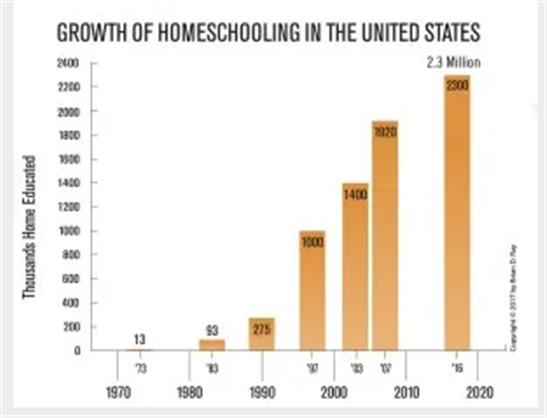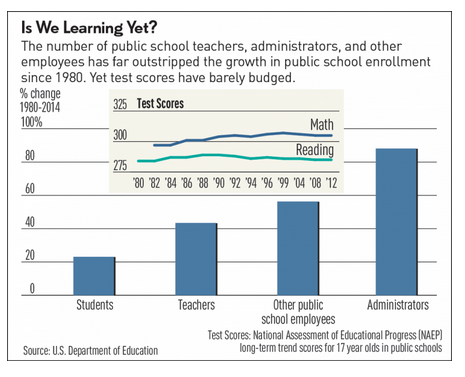Yesterday The Daily Signal posted an article about the recent Supreme Court decision regarding religiously affiliated schools in state school choice programs. The court ruled that that families have a right to seek the best educational opportunities for their children, by preventing states from blocking the participation of religiously affiliated schools in state school choice programs. The decision was the usual 5-4 split–only this time the five were in favor of not discriminating against religious schools.
The article reports:
Tuesday’s decision in Espinoza removed the largest state constitutional obstacle by holding that so-called Blaine Amendments cannot be used to deny choice to parents.
Under the U.S. Constitution, states no longer may prevent parents from choosing religious schools if they are participating in a school choice program.
“A state need not subsidize private education. But once a State decides to do so, it cannot disqualify some private schools simply because they are religious,” Chief Justice John Roberts wrote in the opinion of the court in Espinoza.
This decision struck a blow to the notoriously anti-Catholic Blaine Amendment in Montana’s Constitution that sanctioned explicit discrimination against religious schools in funding. Montana’s discrimination hurt families who have a wide variety of values and preferences when it comes to their children’s education.
As the Supreme Court had previously noted, Blaine Amendments have an “ignoble” history. The amendments are named after Sen. James G. Blaine of Maine, who in 1875 sought a federal constitutional prohibition of aid to “sectarian” schools.
The article concludes:
In Mitchell v. Helms, Thomas wrote of Blaine Amendments: “This doctrine, born of bigotry, should be buried now.” On Tuesday, the Supreme Court’s decision in Espinoza took us one step closer to achieving that goal.
Now is the time for states to cast aside these 19th-century rules rooted in prejudice that unfairly punish religious families, students, and schools. The Constitution requires states to provide a level playing field for religious and secular education.
The legal impediment to school choice programs is now gone, and it’s up to state legislatures to move forward advancing education choice.
The court made it clear that policymakers across the country now have the power to enact robust school choice programs. They should do just that.
If the education establishment wants American children in public schools, they have a responsibility to make public schools better. Until then, parents who want their children educated will seek out voucher programs that will allow them to send their children to schools that teach the basics–not get bogged down by the social justice trend of the day.


